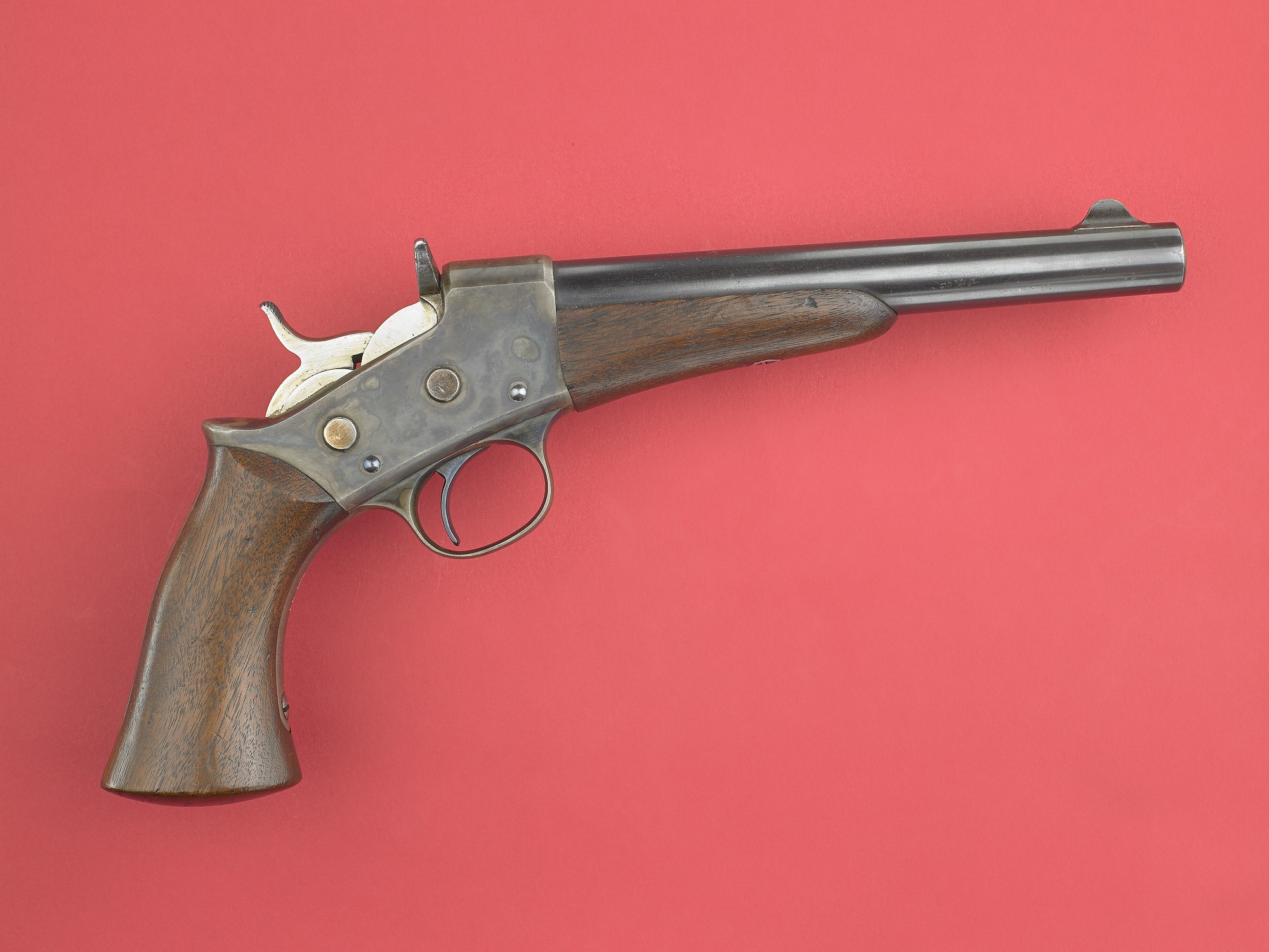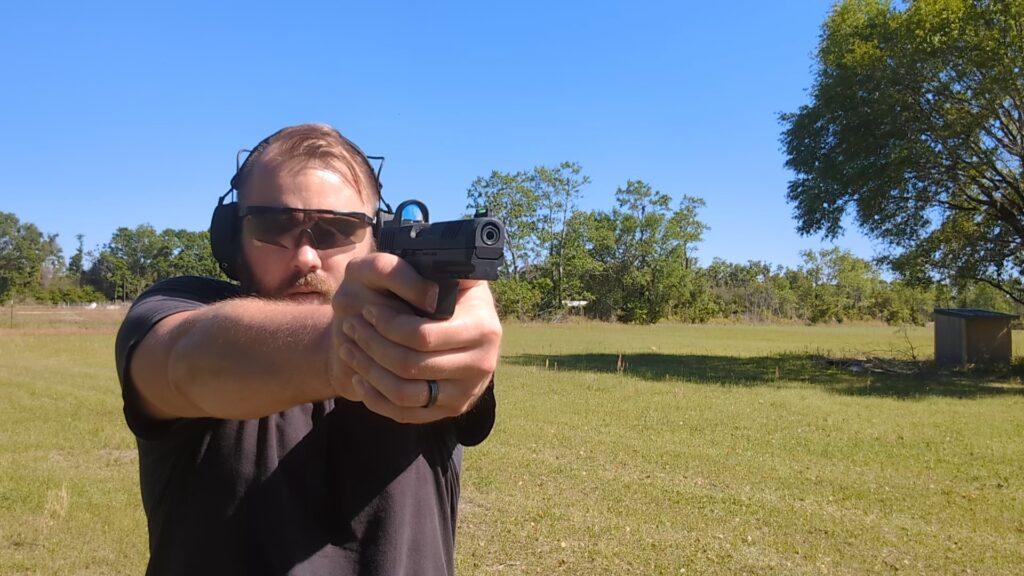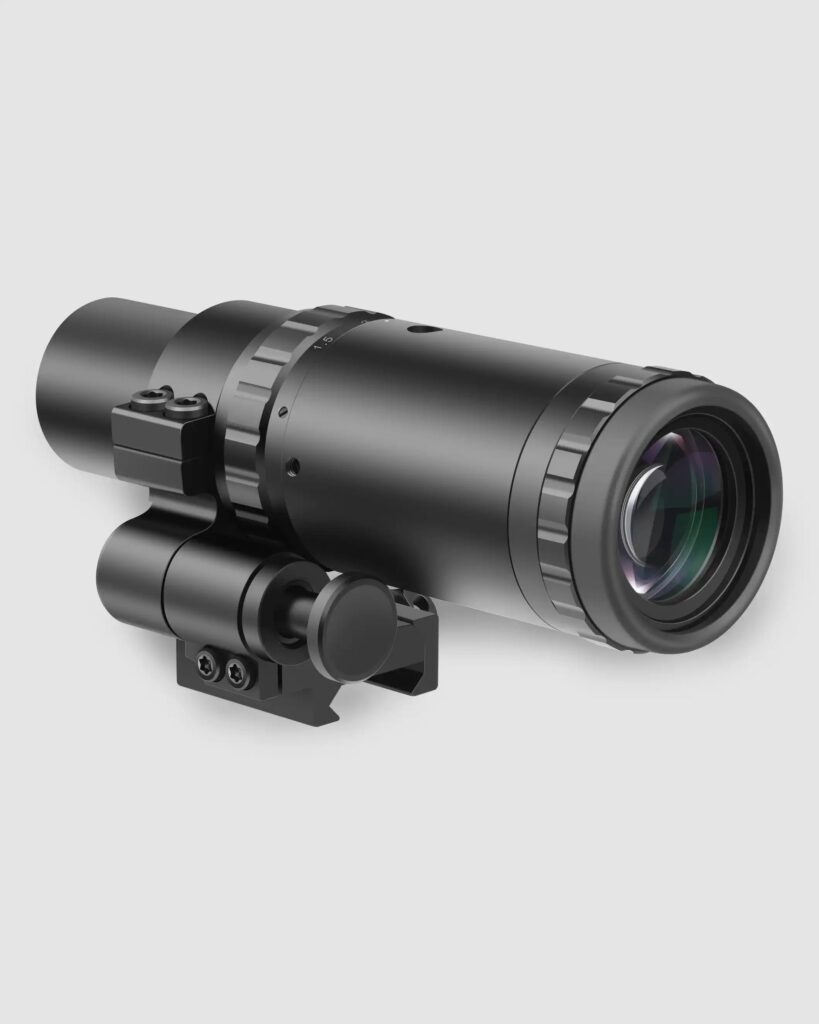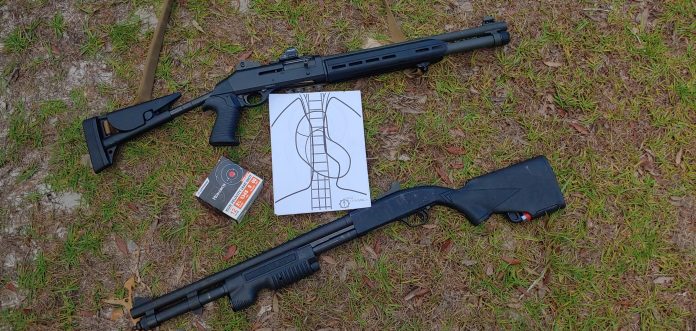The Remington Rolling block design was a right time, right place design. The Civil War had just ended, and the market was looking to metallic cartridges and their benefits. The Rolling Block design offered a stout, very strong, and simple system. It could be loaded quickly and could stomach the powerful post-Civil War rifle cartridges. When smokeless became the standard, this system still proved rugged enough to keep up. While they were adopted by numerous military forces and conversion were made to muskets, the first military order wasn’t for rifles. It was for Rolling Block pistols.
When Remington designed the Rolling Block system, they didn’t just apply it to rifles, but they also produced several pistol variants. In 1866 the US Navy ordered 5,000 .50 Caliber rimfire rolling block pistols. Shortly after, they purchased an order of rolling block carbines. The Army later purchased small numbers of Rolling Block pistols, and Remington produced several variants. While they never achieved popularity, they are an interesting piece of history.
The Rolling Block Pistols – Why
Metallic cartridge pistols were tricky in this era. Rollin White and S&W held the patent of revolvers loaded through the cylinder and guarded it with a great jealousy. Metallic cartridge revolvers were the sole dominion of S&W, and Remington couldn’t produce any without a different design. It seemed easy to look at the Rolling Block rifle design and produce a metallic cartridge pistol from it.
Advertisement — Continue Reading Below
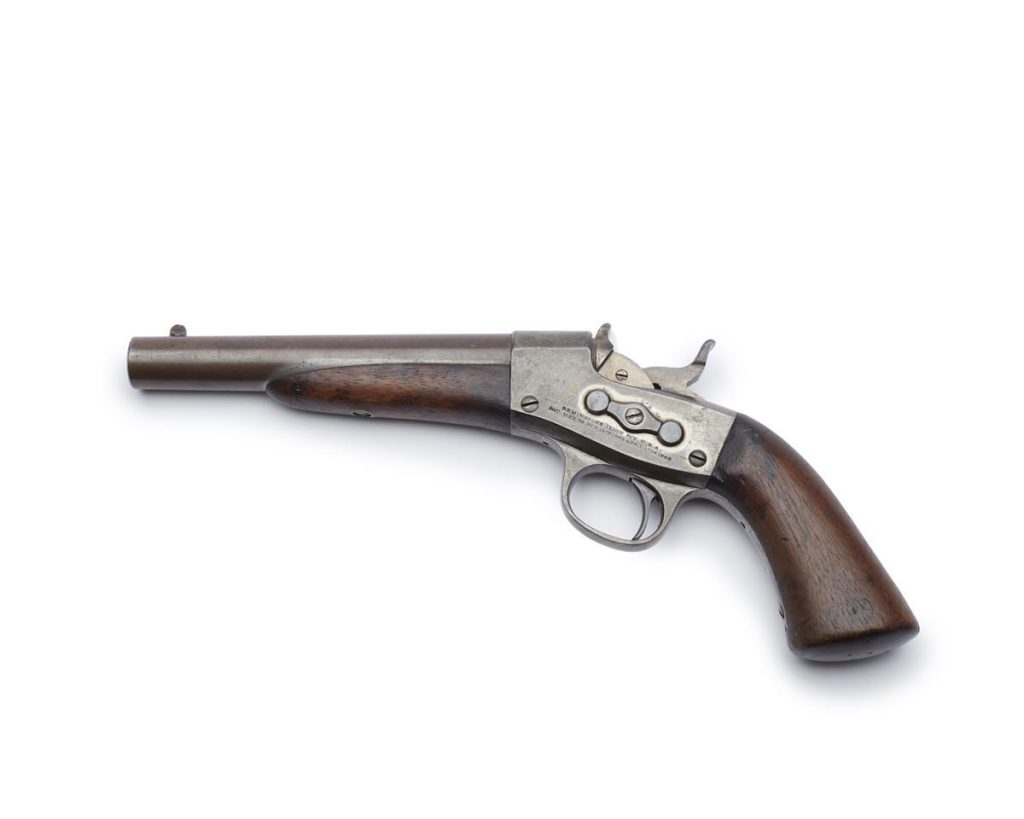
Admittedly you could create a rather capable pistol with a potent and powerful caliber. The main problem obviously was the fact it was a single-shot weapon. Revolvers had killed the idea of successful single-shot pistols decades before. Even so, the Rolling Block pistols were fairly affordable at between 15 and 20 dollars apiece.
Rolling Block pistols did have a number of benefits. They were very robust, and when compared to a revolver, not much could go wrong. In this era, there were issues with early cartridge cases expanding and exploding due to weak points. The Rolling Block pistols fully encapsulated the round, so this wasn’t a problem either. They were also very accurate guns. The Rolling Block designs have always received praise for their accuracy.
Advertisement — Continue Reading Below
Still, these guns were never super successful in any military or police use.
Variations of the Rolling Block Pistols
1865 Navy Pistol
The first Rolling Block pistol. It featured a sheath trigger and a barrel length of 8.5 inches. The gun weighed 2.2 pounds and fired the .50 rimfire Navy pistol cartridge.
1867 Navy Pistol
The sheath trigger wasn’t very popular, and centerfire ammo was becoming popular. The 1867 Navy pistol came in both .50 Centerfire Navy Pistol and .22 rimfire. The barrel was trimmed to seven inches, and the gun weighed two pounds. Some 1865s were converted to 1867s.
Advertisement — Continue Reading Below
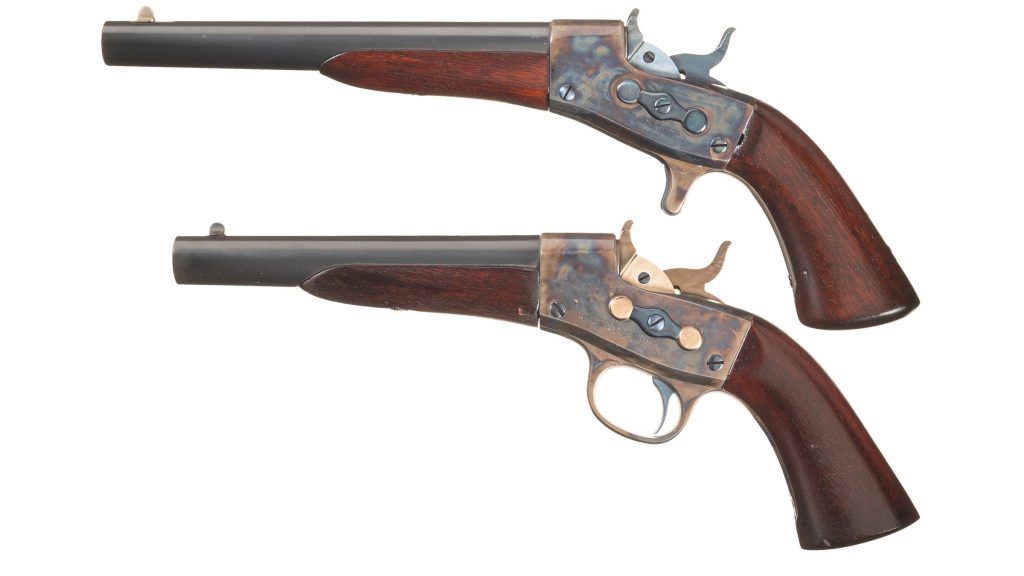
1871 Army Pistol
The 1871 Army model featured an improved action design which became the standard for Rolling Block pistols in 1871. Remington made the action more compact and pistol-like. A spur was added to the frame for a better grip. While originally chambers din .50 Remington Centerfire, the custom shop would chamber it in anything from .50 centerfire to .22 rimfire if ordered. Barrel lengths varied from 11.75 to 8 inches and typically weighed around 2.2 pounds.
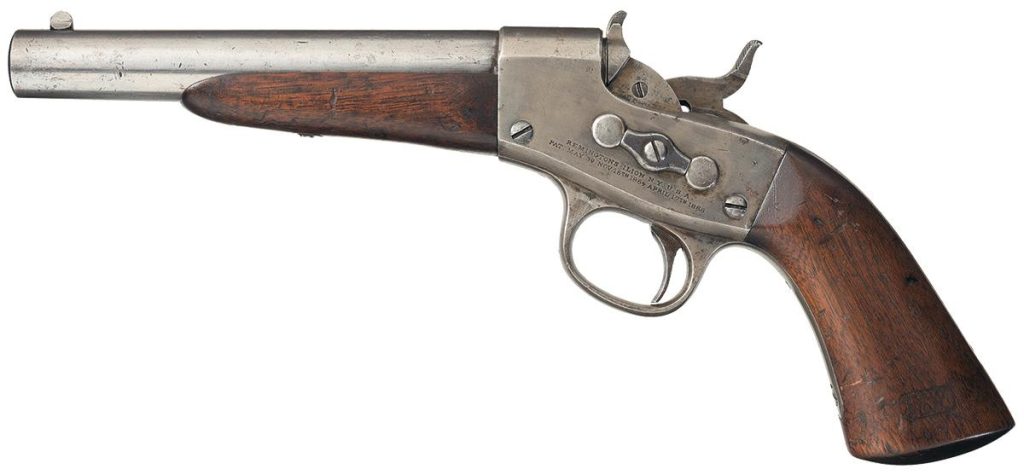
Advertisement — Continue Reading Below
The 1891/1901 Target Pistols
The 1891 and 1901 target pistols are nearly identical. The 1901 models featured improved target sights and different and more advanced checkering. The Target pistol variants were really where these guns excelled. They were very accurate and worked well for bull’s eye shooting. The calibers varied widely from .22 Rimfire to .44 S&W Russian.
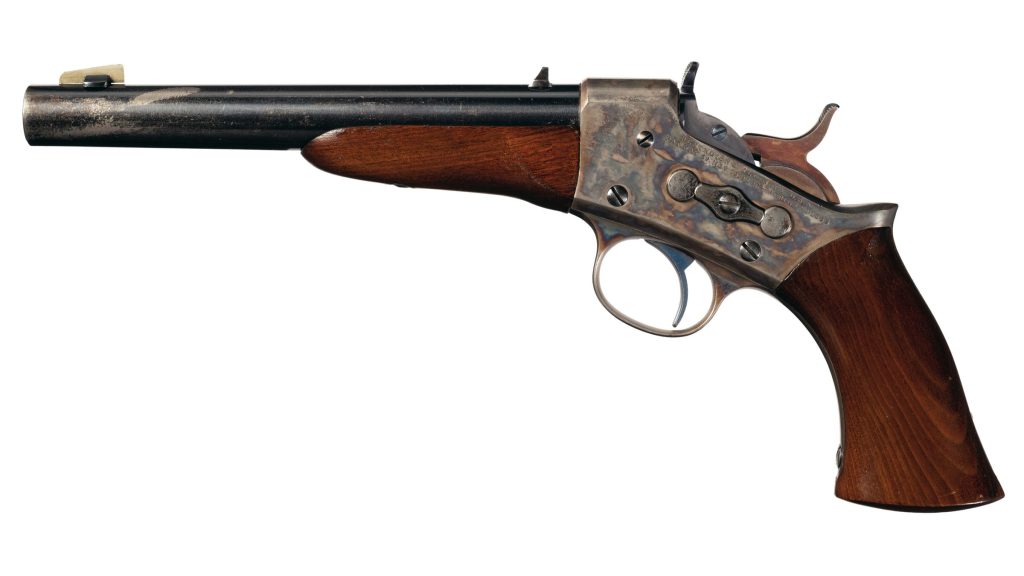
Rolling On
The Rolling Block handguns were never popular, and the advent of revolvers prevented them from ever being more than an interesting piece of history. It’s interesting the US Military purchased the first Rolling Block pistols, but they never went much further than that. Arguably they made some interesting stock pistols from these guns, which would be fairly effective short carbines, but there wasn’t much need at the time for such a weapon. Rolling blocks are still cool, and I’d love to find a .22 caliber Rolling Block pistol.
Advertisement — Continue Reading Below
